Poor weather has hit supply, with more dry conditions expected
During the first wave of food inflation last year, several key commodities such as wheat, vegetable oil and dairy spiked in price to unprecedented levels. But sugar emerged relatively unscathed from the turmoil for the near entirety of 2022. This year, though, the situation has dramatically changed.
Due to poor weather conditions affecting beet crops across Europe, as well as sugar cane production in other major producing countries such as Brazil and India, commodity prices have consistently increased since the start of the year, hitting record highs not seen in the last decade.
World sugar prices were at $0.54/kg in the April-June 2023 quarter, an increase from $0.40/kg in the same period last year, World Bank data shows. In addition to higher commodity prices, producers have also dealt with skyrocketing production costs including expensive fertilisers and cushy energy bills.
In the UK, the NFU managed to secure a 48% price hike on sugar beet with British Sugar, the country’s leading sugar supplier, for the 2023/2024 season. Higher costs for British Sugar inevitably mean more expensive goods at the end of the supply chain – the supermarket shelves.

British shoppers will have noticed that in recent months across all the major grocers – granulated sugar is now selling at £1.09 on average (1kg) compared to 65p this time last year, IPLC analysis shows. “We even have the rare situation where a couple of retailers – Asda and Morrisons – are happy to be selling at 10p more than Aldi, Lidl, Tesco and Sainsbury’s, at £1.19”, says IPLC partner Paul Stainton.
It’s not just granulated sugar. Categories heavily reliant on the raw ingredient – including confectionery and bakery, soft drinks and fruit juices, among so many others – have also been successfully pushing price increases in recent months.
Future scenario
Rabobank market forecasts point to a plateauing in sugar prices in the second and third quarter of 2023, followed by a slow decrease throughout the final three months of the year and into the new year. But it is important to note that forecasts are intrinsically linked to weather conditions.
The cyclical weather pattern phenomenon El Niño is starting this September, with its impacts on sugar crops “immediate”, according to Rabobank. It could make Thailand, India, and Australia – the three largest exporters after Brazil – “drier than normal” which will hamper production.
“Fears of El Niño’s effects clearly underpinned the 40% rally seen so far this year. India and Thailand are already dry, and output estimates have been revised lower,” analysts at the Dutch bank noted in their September sugar report. “The biggest worry is whether reservoirs in India’s key sugar-producing region of Maharashtra are low and unable to support growth for the 2024/25 season.”

This paired with the “driest monsoon in many years” is causing speculation around what will happen to exports, says Mintec analyst Andrew Woods. If shrinking volumes in India become too great of an issue for the south Asian country – which is dealing with skyrocketing levels of food inflation due to weather-linked poor production of key commodities like rice, onions and tomatoes – then there are fears of yet another exports ban, as India has not hesitated to do with wheat and rice in the past.
“The government of India might ban sugar exports altogether and/or prompt the diversion of more cane to ethanol”, Woods explains. “Still, the weather is variable, and given the precariousness of the international sugar market this year, good weather/monsoon forecasts drive down global sugar prices and vice-versa.”
From a macro perspective, almost all analysts agree that the global sugar balance in 2023/24 will be in deficit – the International Sugar Organization (ISO) forecasts two million tonnes, but sources suggest it could be larger. “The question remains: how big will the deficit be?”, Woods notes.
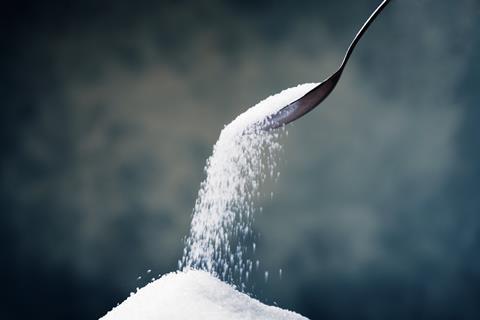
Retail negotiations
These are all factors that suppliers will take into account when it’s time to negotiate prices with their customers. Categories such as chocolate, cakes and confectionery tend to be contracted on an annual basis, with many agreements being renegotiated at the start of the year. Several suppliers will have their first shot at renegotiating prices in the new year, after absorbing skyrocketing costs the whole of 2023.
“I reckon suppliers will be going for further increases in the January 2024 discussions,” IPLC’s Stainton says. “Although, with some other commodities falling in price, there may be some difficult negotiations taking place”, he points out.
Difficult might be an understatement – suppliers will face the daunting task of pushing price increases on goods that most Brits buy on a weekly basis at a time when the retailers themselves will be under extreme pressure to not only keep a lid on inflation but lower prices.
Who’s more likely to win the arm wrestling? “The suppliers, I think”, Stainton says. “Ultimately, they have the ability to decide whether to supply or not and the retailers simply cannot afford to have empty shelves.”
If the past few months are anything to go by, the suppliers indeed will be successful in countering their losses – and sweet-toothed shoppers might have to rethink their choices when reaching for their favourite sweet treats.







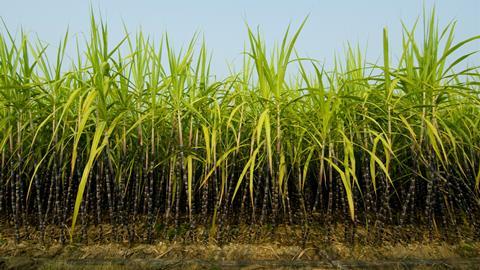
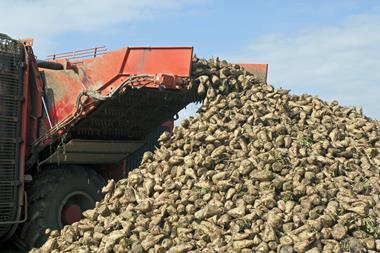
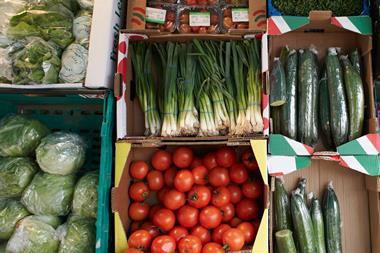

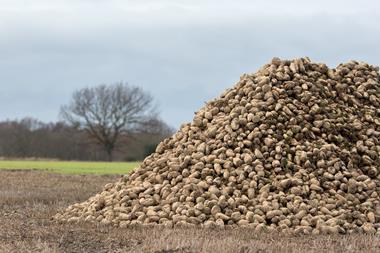








No comments yet